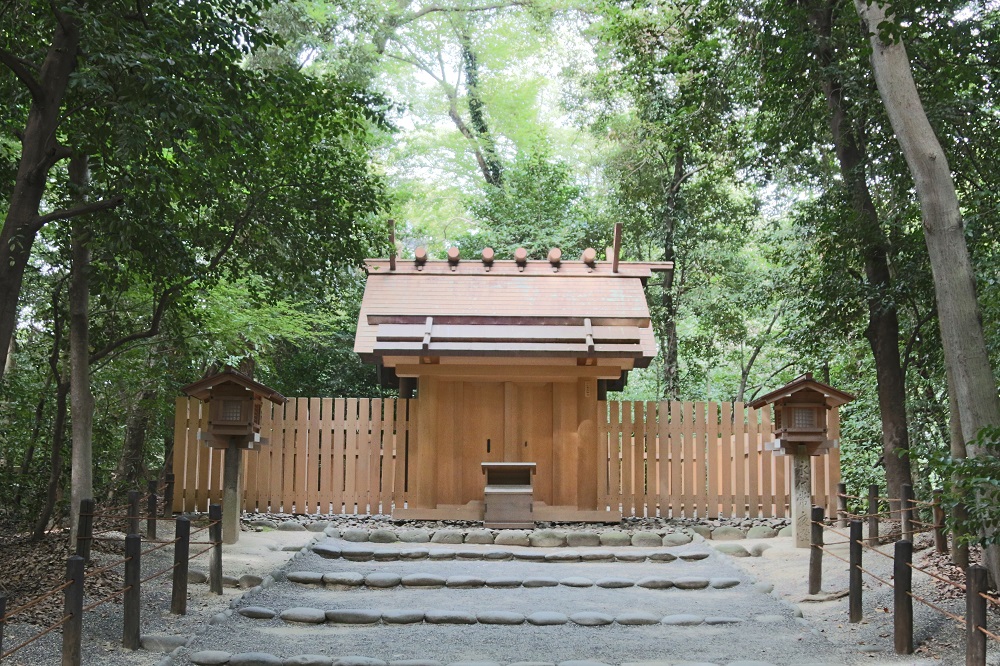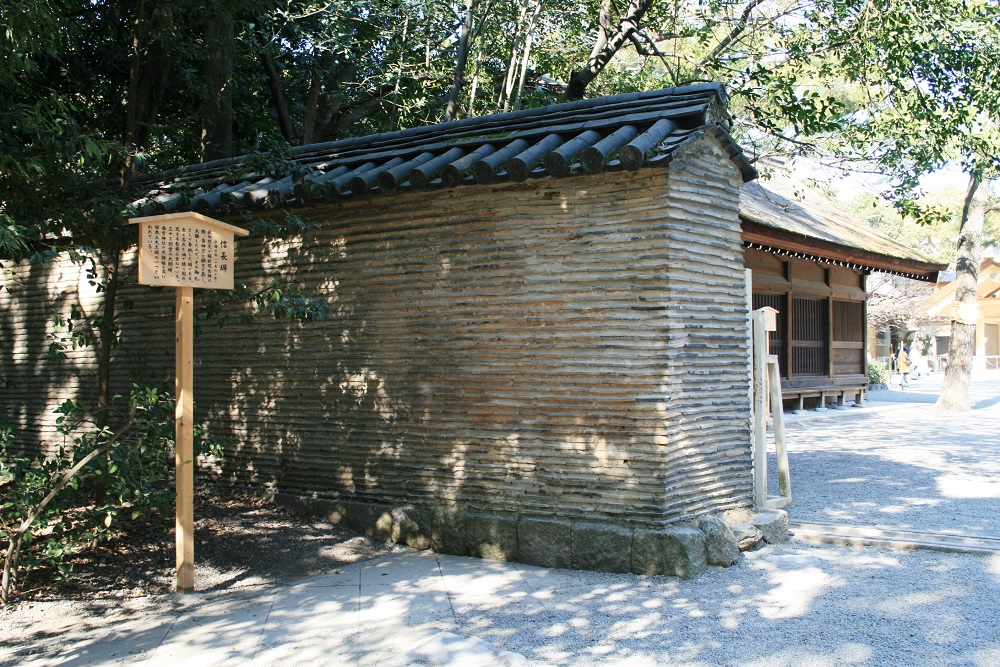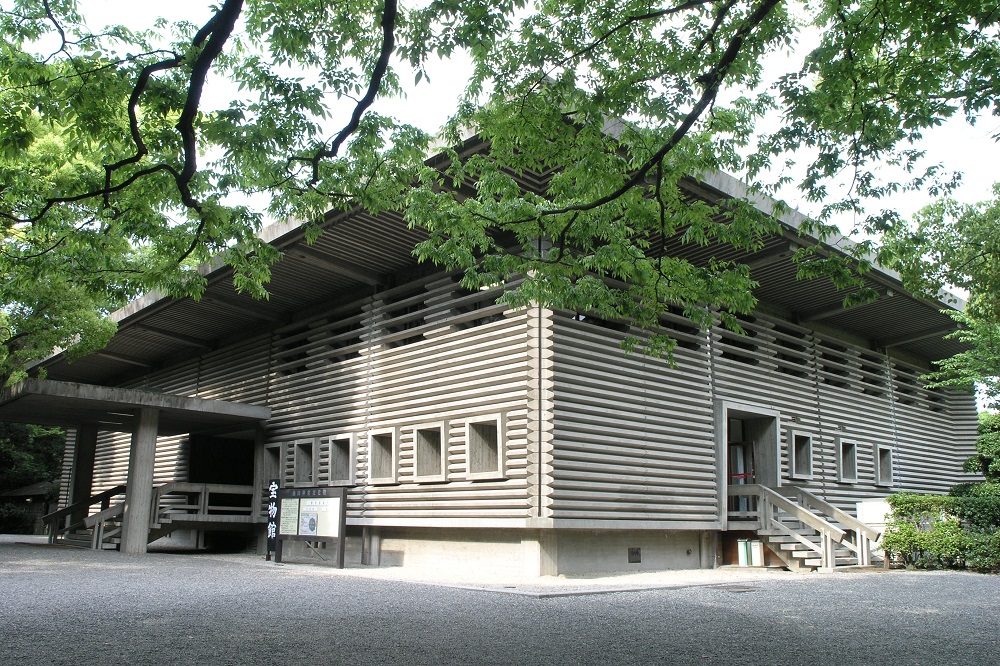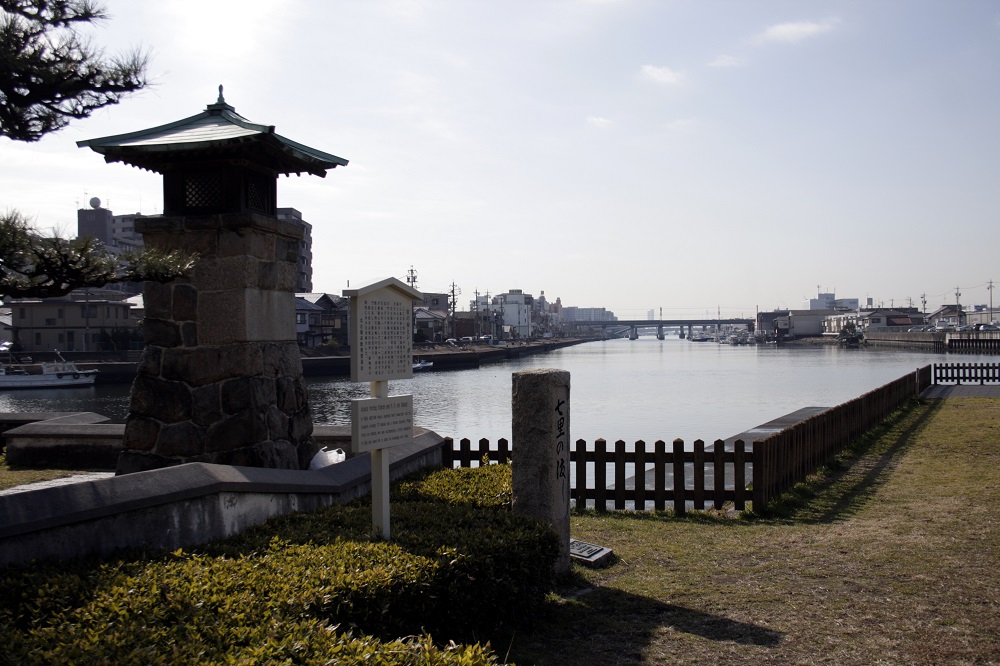Atsuta Shrine/熱田神宮(Aichi)
About Atsuta Shrine
Built in the year 113 (the 43rd year of Emperor Keiko's reign), Atsuta Shrine (Atsuta Jingu) has a history dating back over 1,900 years. As the second most sacred shrine in Japan after Ise Shrine (Ise Jingu) in Mie Prefecture, Atsuta Shrine has long been revered by the people of Japan, and is affectionately called "Atsuta-san (Dear Atsuta)." The sacred Sword of Kusanagi, one of Japan's Three Sacred Treasures (Sanshu no Jungi) passed down through the Imperial Family since ancient times, is kept at Atsuta-san, while the deity Atsuta-no-Ookami enshrined there is said to be the sun goddess Amaterasu-Oomikami, who is associated with the sword.

©熱田神宮
The grounds of Atsuta Shrine are home to the main shrine, where the deity of the shrine, Atsuta-no-Ookami is venerated, as well as a separate shrine, 8 auxiliary shrines, and 19 subordinate shrines. Boasting an area of approximately 190,000 square meters, the shrine compound is surrounded by trees, some of which are over 1,000 years old. The silence of this space will make you forget that you are in a city, and as you walk through the compound, you will feel as if the atmosphere is purifying your body and soul.
The pavilions of the main shrine are built in the Shinmei-zukuri structure, much like those at Ise Jingu Shrine, and their grandeur attracts many visitors. In addition, the deity Aramitama is enshrined at the Ichinomisaki Shrine located at the back of the main shrine. Every year as the New Year approaches, many people visit the shrine to pray, giving the grounds a most lively atmosphere.

©熱田神宮
There is an earthen wall within the shrine compound called the Nobunaga Wall. As its name would suggest, the wall is linked to the famous warlord of the Warring States Period, Oda Nobunaga. As he was heading off to fight against Imagawa Yoshimoto at the famous Battle of Okehazama, Nobunaga petitioned Atsuta Shrine for success, and having won a great victory, Nobunaga built the wall to express his gratitude to the shrine. The wall was made by kneading earth and quicklime with oil and layering it between large quantities of tiles, and is over 100 meters long. It is said to be one of the three most important earthen walls in Japan, alongside the Taiko Wall at Sanjusangendo Hall in Kyoto and the Oneri Wall at Nishinomiya Shrine in Hyogo Prefecture.
The Nobunaga Wall receives attention from the Japanese media due to its association with Oda Nobunaga, and it is one of the spots you must visit if you come to Atsuta Shrine.

©熱田神宮
The Bunka-den (treasure house) holds many valuable treasures collected over the long history of Atsuta Shrine. The collection includes over 6,000 items, of which more than 170 have been designated as cultural properties by the national government of Japan and the local government of Aichi Prefecture. Items date from the Jomon Period to the modern day, and include swords, books, paintings, sculptures, and other items dedicated to the shrine by people including the imperial family, shoguns, warlords, and ordinary citizens.
Also located near the Bunka-den is a facility called the Kusanagi Kan, a treasure trove of swords, which was completed in March 2021. Visitors to this facility can see the best examples of Japanese swordmaking on display, including the most famous swords of the past that have been dedicated to Atsuta Shrine.
Getting there and around
Train
Take the Nagoya Railroad Nagoya Line and get off at Jingu-mae Station, then walk 3 minutes.
City Bus
Take the Nagoya City Bus and get off at Jingu Higashimon.
Top Tip
Kamichikama Jinja/上知我麻神社
Kamichikama Shrine, also known as the "Bodhisattva of Wisdom," is located on the shrine grounds and is revered by many as a place to pray for academic achievement and success in school. Okuni-sama and Ebisu-sama, two of the Seven Lucky Gods, are enshrined on either side of the shrine, leading many people to come to the shrine to pray for success in business. Every year on January 5, a festival called "Hatsu-Ebisu" is held to pray for prosperous business, family safety, and a good catch of fish. The festival attracts large crowds and has become famous as a New Year's tradition.

©熱田神宮
Okusu/大楠
On the way to the main shrine, you can see a large camphor tree with a sacred Shimenawa rope tied around it. Said to be over 1,000 years old, it is one of the largest camphor trees within the shrine grounds. According to tradition, it was planted by Kobo Daishi (Kukai), the founder of the Shingon school of Buddhism, and its graceful appearance hints at the long history it shares with Atsuta Shrine.

©熱田神宮
Atsuta Festival/熱田まつり
Held on June 5 every year, the Atsuta Matsuri (Rei-sai) is the most important and solemn of all festivals held at Atsuta Shrine. In this festival, an imperial envoy visits the shrine to pray for the prosperity of the imperial family and peace in the country. The festival attracts large crowds of people not only from the local community but from all over Japan, and includes a variety of events such as lantern offerings, fireworks, martial arts, and floral offerings.

©熱田神宮
Unique Local Experiences
Before the Edo Period, the sea extended to the south of where Atsuta Shrine is now located, and the area was called Atsuta Minato, meaning "Atsuta Harbor." There was a landing place that connected Miya-juku, the most important post town on the Tokaido Highway connecting Kyoto and Edo, and Kuwana-juku in Kuwana City, Mie Prefecture, via sea route. The land area expanded during the Edo Period as a result of reclamation efforts for the development of new rice paddies, giving the geography its current form, but the Miya-no-Watashi Park offers a glimpse of what it was like in the old days.

©(公財)名古屋観光コンベンションビューロー
Travel Advice and Tips
Atsuta Shrine can be reached quickly and easily by taking a Meitetsu train from Nagoya Station or Kanayama Station. Since lodging is scarce around Atsuta Shrine, it is a good idea to make reservations near Nagoya Station or Kanayama Station. Nagoya Station and Kanayama Station are also very convenient jumping-off points to visit other sightseeing spots in Nagoya.
Accommodations
ANA Crowne Plaza Hotel Grand Court NAGOYA/ANAクラウンプラザホテルグランコート名古屋(Aichi)
1-1-1 Kanayama-cho, Naka-ku, Nagoya, Aichi
ANA Crowne Plaza Hotel Grand Court NAGOYA is situated just a short stroll from Kanayama Station, Aichi Prefecture's second busiest hub after Nagoya Station. The hotel is conveniently located just 5 minutes from Nagoya Station by train and 8 minutes f....

